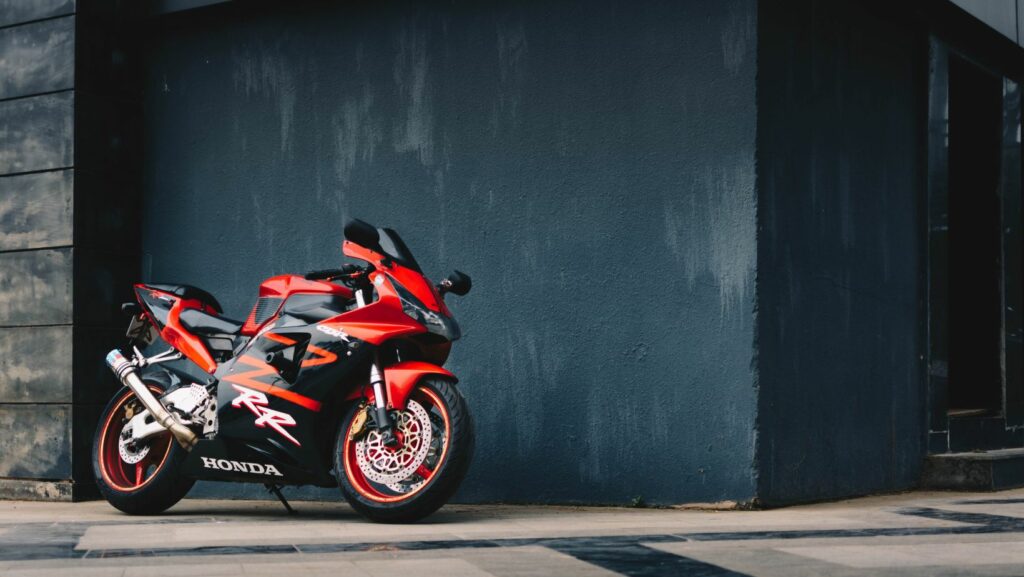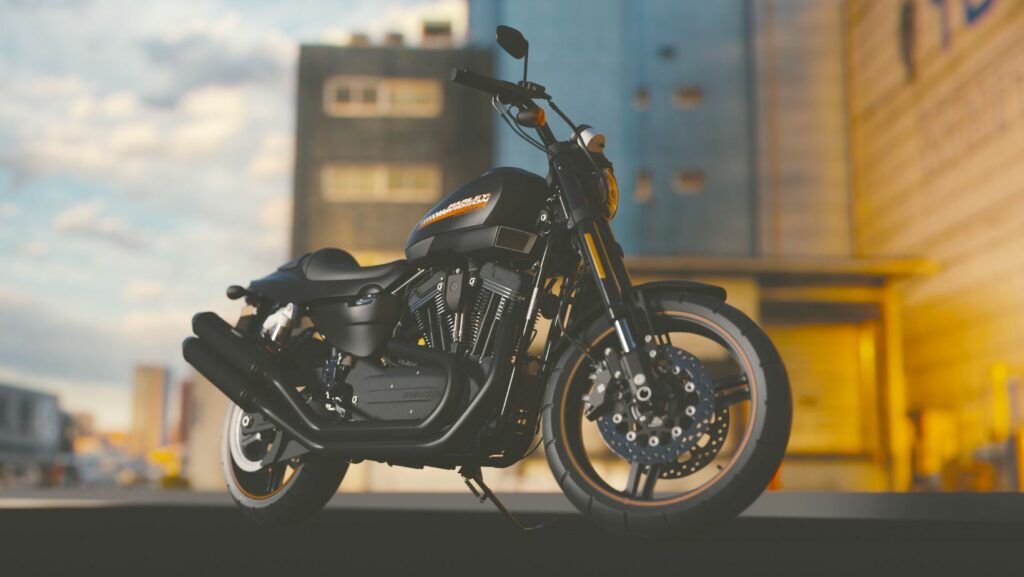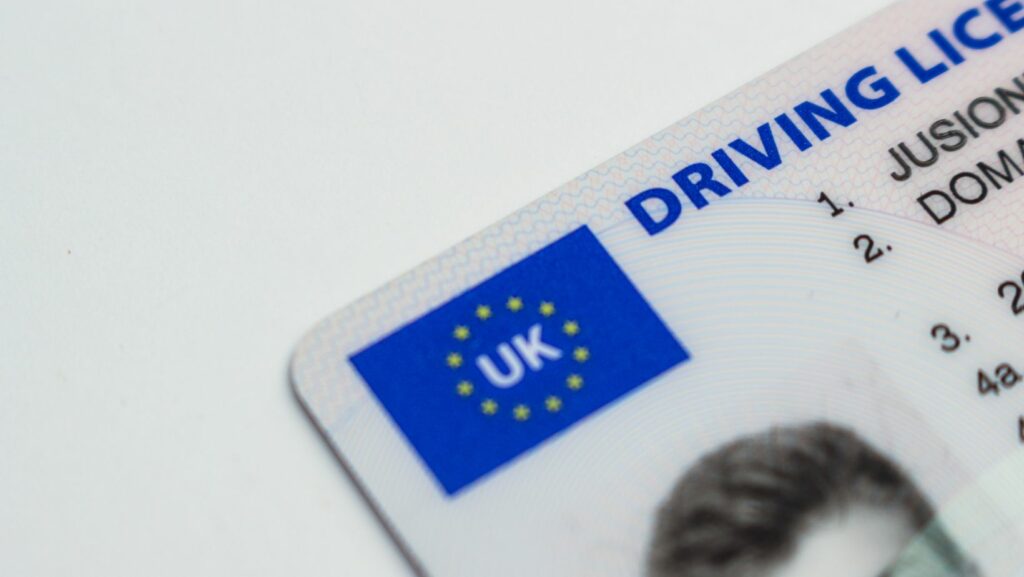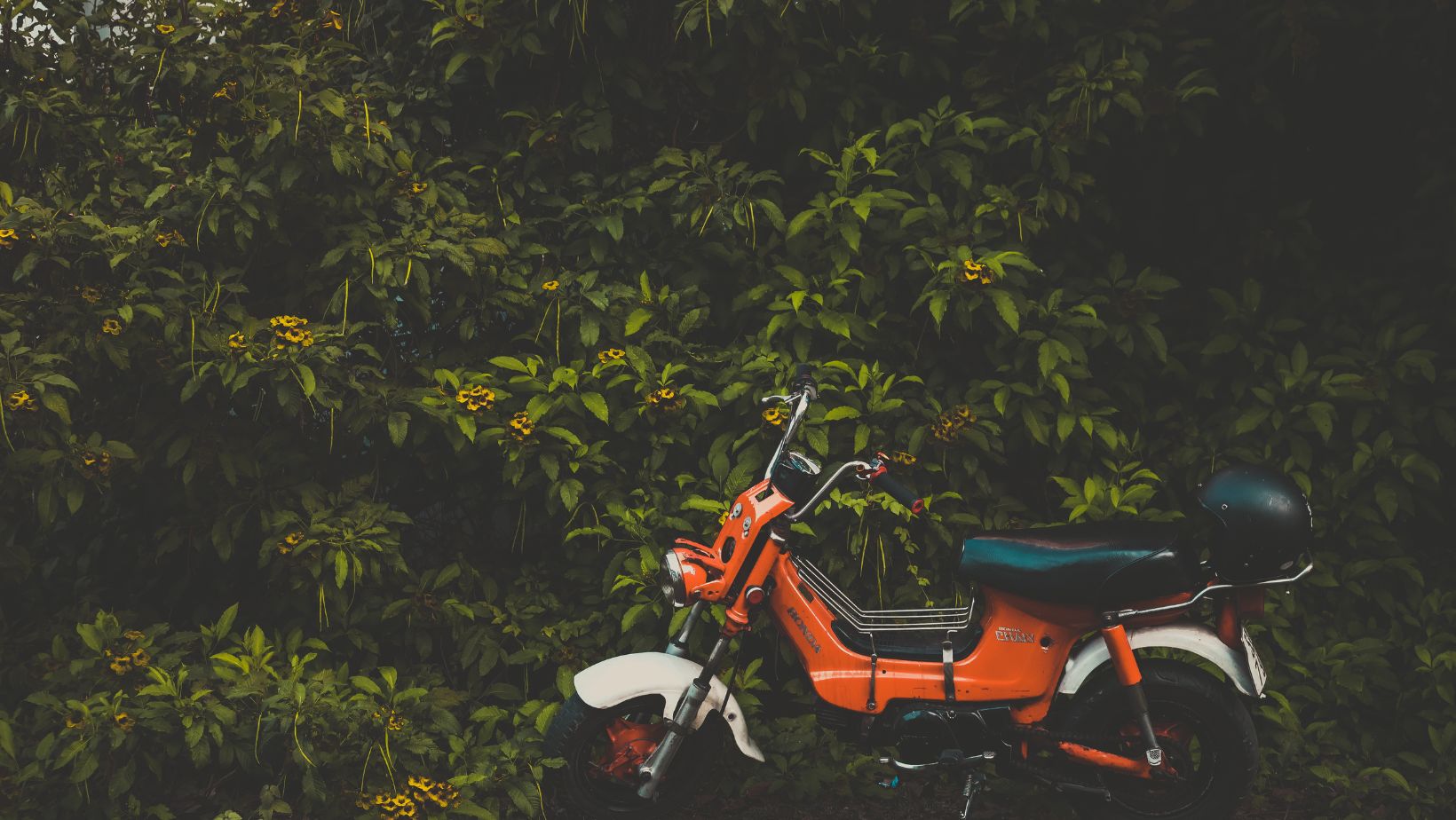
The Vintage 1979 Honda Motorcycle is a true gem from the past, capturing the essence of vintage biking. With its sleek design and classic features, this motorcycle takes us back to a time when riding was about freedom and adventure.
This iconic bike boasts a powerful engine that delivers an exhilarating ride on city streets and open highways. Its timeless styling, including the chrome accents and retro color options, makes it stand out in a crowd of modern motorcycles.
1979 Honda Motorcycle
Regarding vintage motorcycles, Honda has undoubtedly made its mark in history. The story begins post-WWII Japan when Soichiro Honda, a visionary engineer and entrepreneur, founded the Honda Motor Company in 1948. Initially focused on producing motorized bicycles, the company quickly expanded its horizons and delved into the world of motorcycles.
Honda’s first motorcycle, the Dream D-Type (the Model D), hit the streets in 1949. With a modest 98cc engine and top speed of 50 mph, it may not have been a powerhouse by today’s standards, but it was a significant step forward for Honda and laid the foundation for its future success.
Evolution of Honda Motorcycle Designs
Over time, Honda continued to innovate and refine their motorcycle designs. In the 1960s and ’70s, they introduced several groundbreaking models that pushed boundaries and captivated riders worldwide.
One notable example is the legendary CB750 Four, unveiled in 1969. It was one of the first truly powerful four-cylinder motorcycles. It boasted advanced features like an electric starter and front disc brake – innovations that set new standards for performance and reliability.
Iconic Models from the 1970s
The 1970s were particularly fruitful for vintage Honda motorcycles. During this decade, they released several models that became icons of their time:
- CB350: This lightweight twin-cylinder bike appealed to beginners and seasoned riders alike due to its agility and affordability.
- CB400F Super Sport: Known as “the little four,” this stylish and elegant motorcycle featured a rev-happy 408cc engine and was praised for its handling.
- CB750F Super Sport: Building upon the success of the original CB750, Honda introduced the “F” version with improved performance, including an upgraded suspension system.
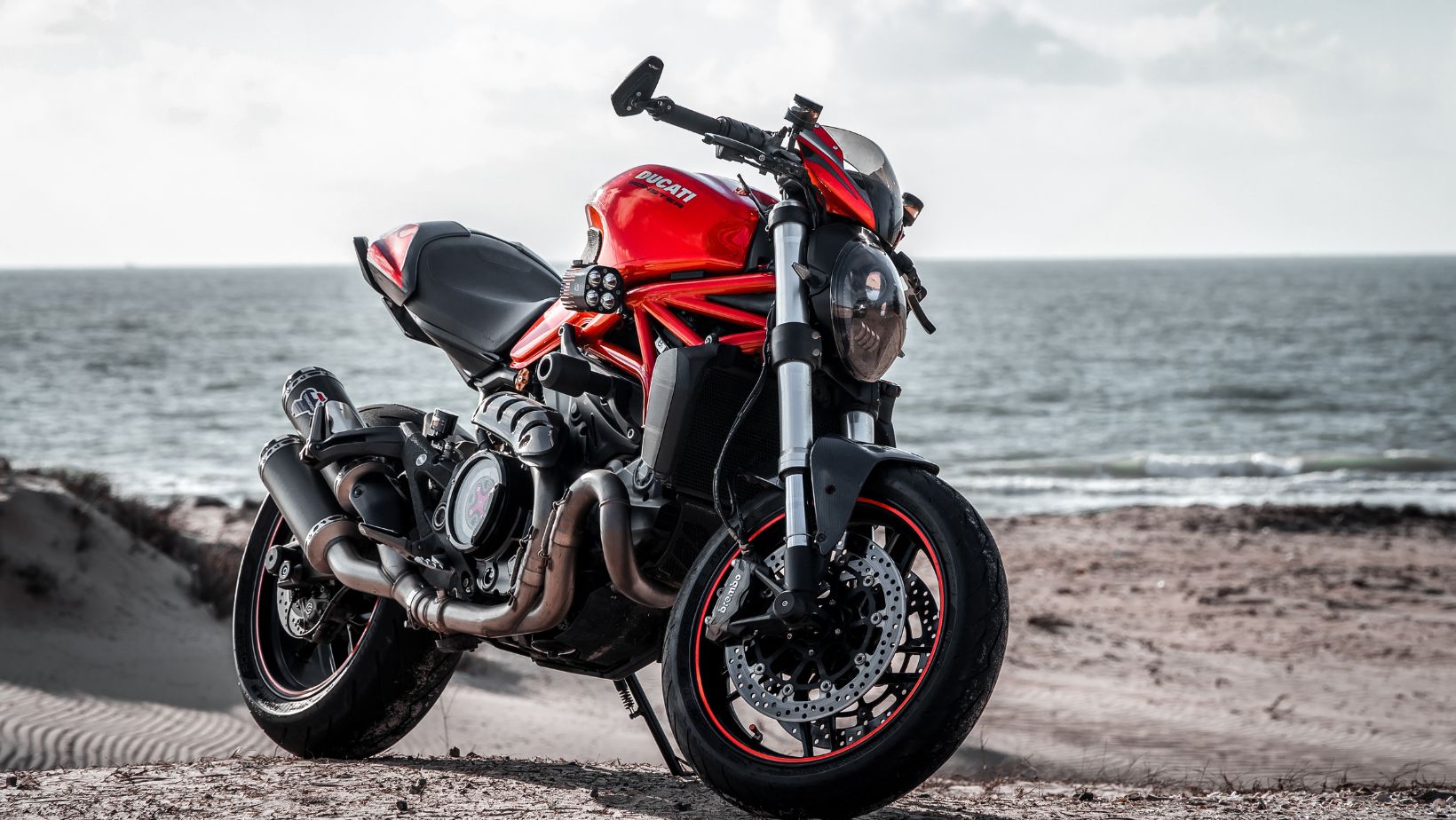
Introduction to the 1979 Honda Motorcycle Model
Regarding vintage motorcycles, the 1979 Honda model stands out as a true classic. This iconic bike captivated motorcycle enthusiasts with its impressive features and timeless design. Let’s delve into some of the standout features that made this model popular among riders.
First and foremost, the 1979 Honda motorcycle boasted an exceptional engine performance. Powered by a reliable four-stroke engine, it delivered a smooth and exhilarating ride. With its advanced technology for the time, this bike provided sufficient power and torque to tackle various road conditions effortlessly.
Performance and Engine Specifications
Now, let’s look closer at the performance specifications that set the 1979 Honda motorcycle apart from other era models. Equipped with a reliable engine displacement ranging from around 250cc to 750cc (depending on specific variants), this bike offered an excellent balance between power and maneuverability.
The top speed achieved by these motorcycles varied based on their engine sizes but generally fell within an impressive range of approximately 100-120 mph (160-193 km/h). Such speed capabilities allowed riders to experience thrilling adventures while maintaining control over their machines.
Design and Aesthetics
Beyond its impressive performance, the 1979 Honda motorcycle model was celebrated for its timeless design and aesthetic appeal. With sleek lines, chrome accents, and a minimalist approach to styling, this bike exuded elegance and sophistication.
The classic color options at the time included vibrant shades like Candy Sapphire Blue, Candy Antares Red, and Black Metallic. These hues not only added a touch of personality but also enhanced the overall visual allure of the motorcycle.

